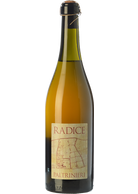Lambrusco di Sorbara
The origin of Lambrusco di Sorbara, like all the grapes of this family, can be traced back to labrusca, a wild vine of the Apennines, already known in ancient times and then remembered by medieval and Renaissance ampelographers. Lambrusco di Sorbara is rightly considered the most classic, typical, true and balanced of the Lambruscos, certainly characteristic of the Modena area, where it has always been vinified as a single variety. A quality lambrusco, with relatively low productivity. Typically vinified as a sparkling wine - today with the Charmat method but the ancestral methods are back in vogue and, occasionally, the spumante versions also with the classic method - it gives a light ruby red wine, sometimes rosé, with a fairly intense, fruity, vinous bouquet, with notes of strawberry, raspberry and violet. Fresh but also quite soft, it offers medium structure, exceptional drinkability, very low tannin content and pleasant sapidity.
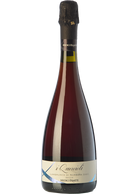
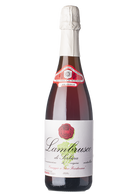
Cantina Sorbara Lambrusco di Sorbara Brut Rosato
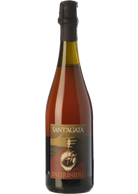
Paltrinieri Lambrusco di Sorbara Sant'Agata 2017
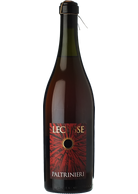
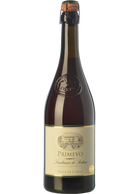
Villa di Corlo Lambrusco di Sorbara Primevo 2020
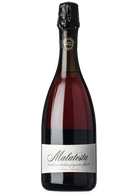
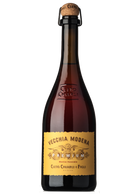
Cleto Chiarli Lambrusco di Sorbara Premium 2021
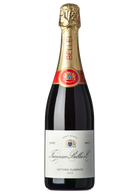

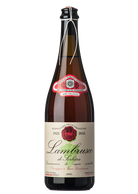
Cantina Sorbara Lambrusco Fermentazione in Bottiglia 2020
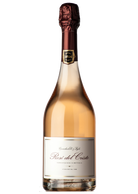
Cavicchioli Lambrusco Rosé del Cristo Metodo Classico Brut 2016
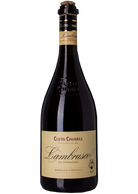
Cleto Chiarli Lambrusco Ancestrale Fondatore 2020
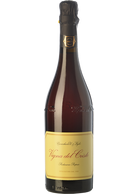
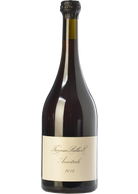
Lambrusco di Sorbara
The origin of Lambrusco di Sorbara, like all the grapes of this family, can be traced back to labrusca, a wild vine of the Apennines, already known in ancient times and then remembered by medieval and Renaissance ampelographers. Lambrusco di Sorbara is rightly considered the most classic, typical, true and balanced of the Lambruscos, certainly characteristic of the Modena area, where it has always been vinified as a single variety. A quality lambrusco, with relatively low productivity. Typically vinified as a sparkling wine - today with the Charmat method but the ancestral methods are back in vogue and, occasionally, the spumante versions also with the classic method - it gives a light ruby red wine, sometimes rosé, with a fairly intense, fruity, vinous bouquet, with notes of strawberry, raspberry and violet. Fresh but also quite soft, it offers medium structure, exceptional drinkability, very low tannin content and pleasant sapidity.

